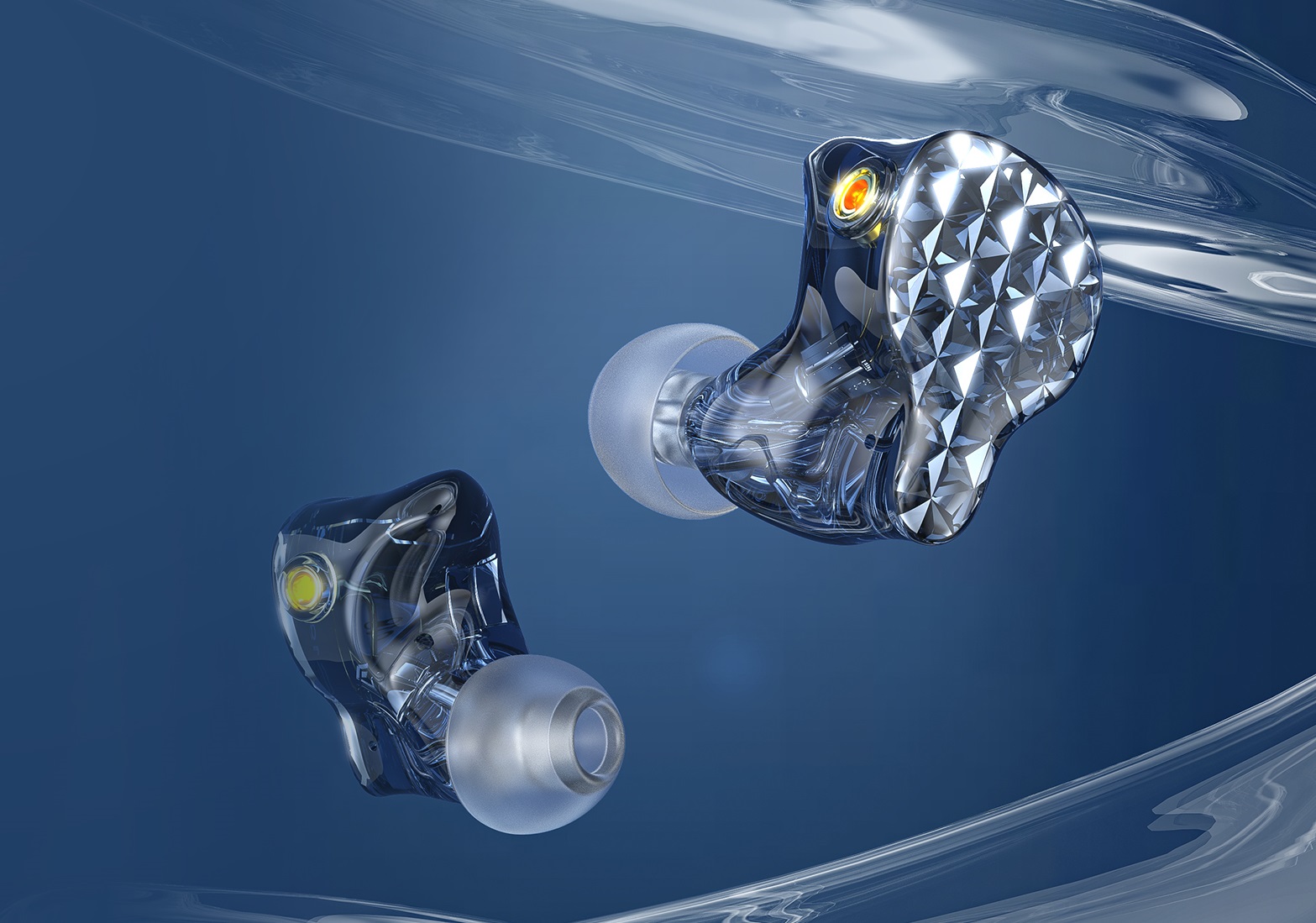
FiiO Introduces Flagship FA9 In-Ear Monitor
FiiO have been making some great progress in the development of their IEMs, much to the point where they can comfortably compete with higher-end offerings from numerous other prestigious brands. A couple of months ago they released the FH7 (which was their flagship hybrid-driver IEM), however, it’s been a fair while since FiiO introduced a new flagship IEM which used balanced-armature drivers exclusively. Enter the FA9
The Flagship FA9
The FA9 looks essentially just like every other IEM from FiiO, which is a really good thing. FiiO have done an excellent job at refining the design of their IEMs housing, and it’s gotten to a point where their universal design almost looks and feels like a custom-molded IEM. So, if it ain’t broke, don’t fix it!
What is very new is the driver layout, and in this case we are getting treated to 6 individual balanced-armature drivers in each earpiece. In fact, when looking at the driver packages used, it may only seem like each earpiece has 3 drivers. However, each of these driver packages are actually comprised of two individual drivers in a single housing.
Of course, the specific drivers used are by far not the most important aspect when designing and engineering an IEM. Fine-tuning the acoustic tube(s) as well as the crossover network (in the case of multi-BA driver configurations) has an arguably far greater impact on the final result. For the FA9, FiiO developed a 4-way crossover in order to ensure that the relevant frequencies are sent only to whichever driver package is best suited to handle them. Moreover, FiiO did something rather unconventional with the bass driver as they utilised a sound tube which has a total length of 80.6mm (3.17 inches). The width and length of the sound tube is on of the major aspects in tuning the frequency response of the driver, so it will be interesting to see what effect this precise design decision has had.
The fact is, the FA9 has a number of “firsts” for FiiO. It’s the first time they’ve used so many drivers per earpiece, and also the first time they’ve used a Knowles EJ-driver. However, the FA9 has another trick up its sleeve.
When FiiO released the FH7, one of its standout features was the ability for the user to swap out various filters in order to alter the frequency response. As it turns out, the FA9 also gives the user the ability to alter the frequency response, but in a very different manner.
In the case of the FA9, FiiO have incorporated a total of 3 dip-switches on each of the housings which allows the user to effectively adjust the various cross-overs in order to tailor the sound to their liking. But that’s not all, because whilst only 2 of the switches affect the frequency response, another switch allows the impedance/sensitivity to be adjusted.
According to FiiO, switch 1 alters the impedance, whereas switch 2 is a treble boost, and switch 3 is a bass boost.
Having the ability to change the impedance can be incredibly beneficial in IEMs. Very often, especially with high-powered amplifiers and players, low-impedance/high-sensitivity IEMs can emit hiss, sometimes even being audible during music playback. So, by having the ability to adjust the impedance/sensitivity, you can make the IEM suitable to a much wider range of source and amplifier equipment.
The treble and bass boost switches are self-explanatory, and FiiO have provided a helpful little graphic to illustrate how the switches alter the relative frequency response.
Pricing
Seeing as the FA9 is indeed a flagship product, it does also come with a flagship price-tag. At $599.99 the FA9 is undoubtedly FiiO’s most expensive IEM to date, but that is still, relatively speaking, mid-level pricing compared to many other manufacturers. So, it’ll be interesting to see, considering the design and features of the FA9, how it will compare objectively against other higher-priced IEMs.
